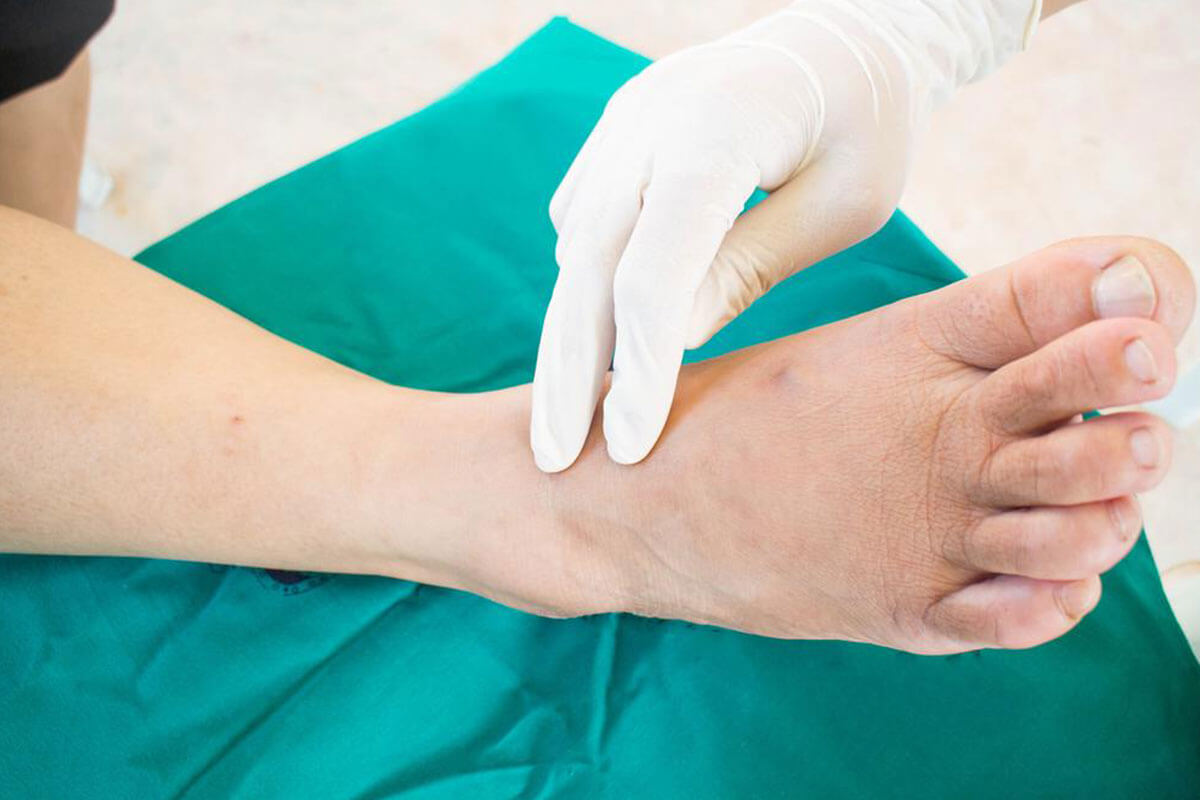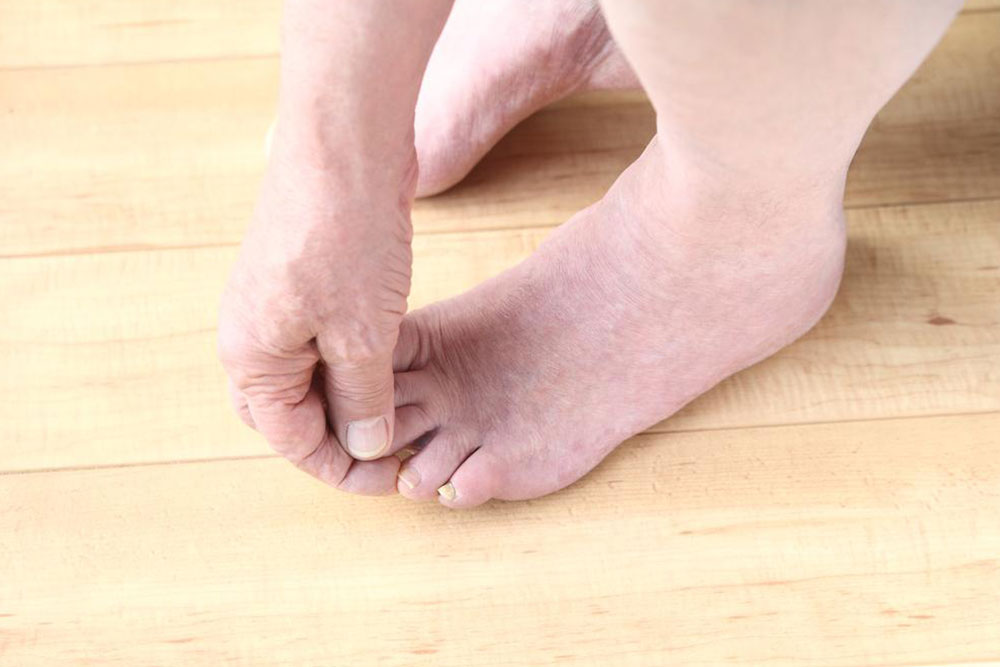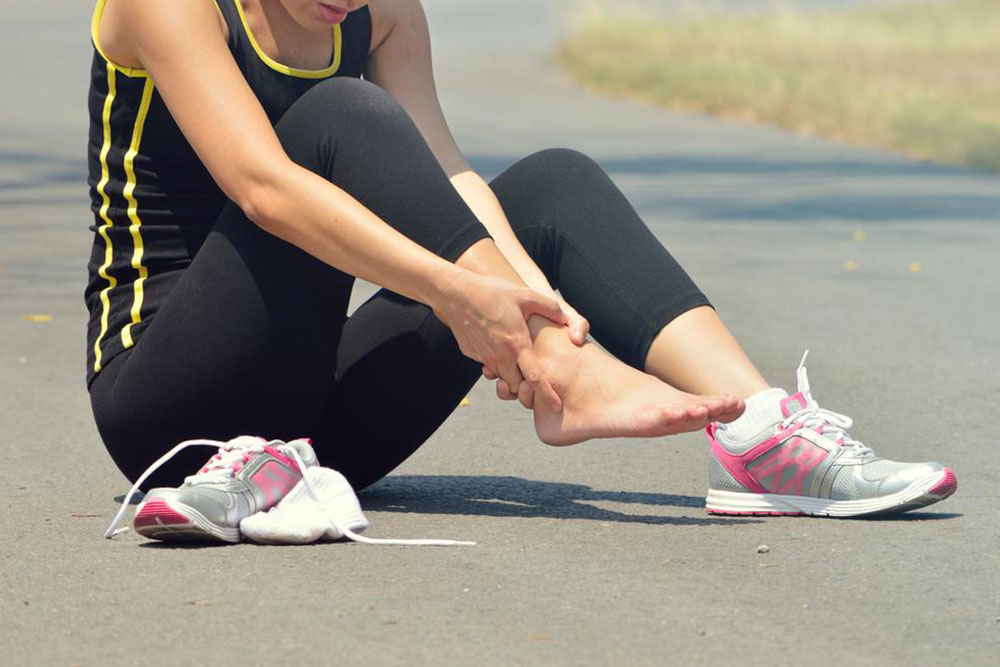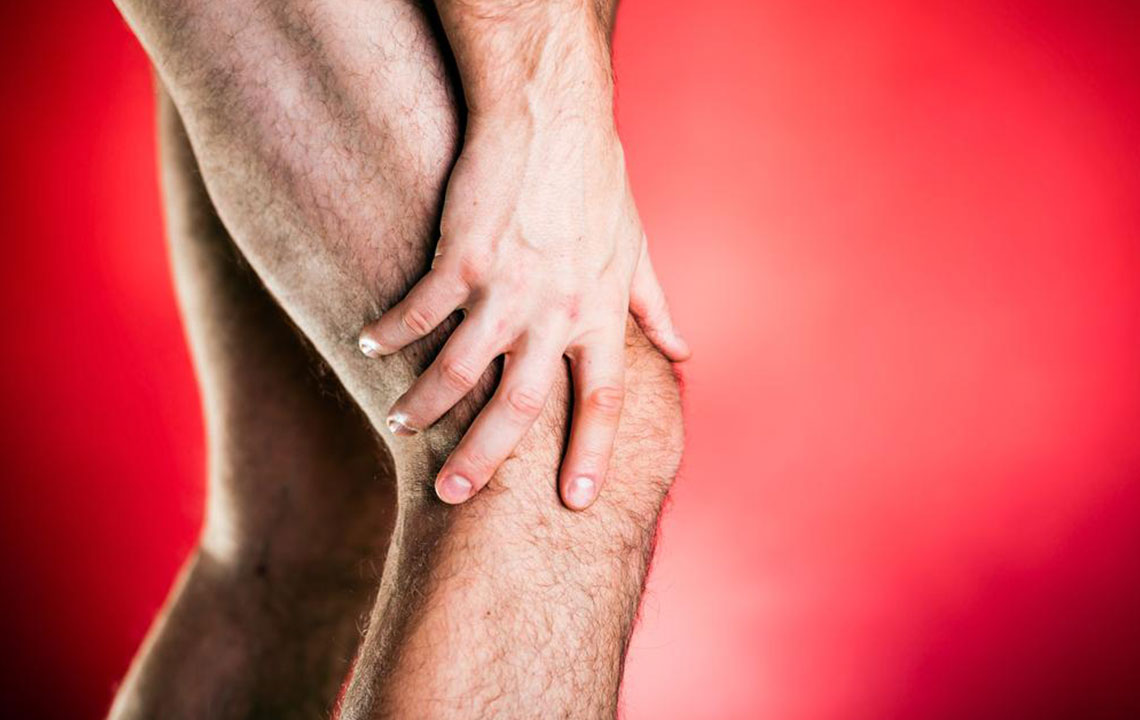Comprehensive Guide to Managing Diabetic Foot Discomfort: Strategies, Self-Care, and Medical Interventions
This comprehensive guide provides valuable strategies, self-care tips, and medical approaches for managing diabetic foot discomfort. It emphasizes the importance of controlling blood sugar, daily foot care, preventive measures, and seeking professional treatment to prevent complications like infections and amputations. Practical advice aims to help diabetics protect their foot health, improve circulation, and maintain mobility and quality of life through effective management and timely interventions.

Effective Strategies and Self-Care Tips for Managing Diabetic Foot Discomfort
An In-Depth Look at Approaches to Prevent and Treat Foot Problems in Diabetics
Living with diabetes presents numerous health challenges, among which foot-related complications rank prominently. Diabetic foot problems can significantly impair quality of life and, if left unmanaged, lead to serious infections or amputations. Therefore, understanding effective management strategies, embracing proper self-care routines, and seeking timely medical intervention are essential components in preventing and alleviating diabetic foot discomfort.
Managing blood glucose levels through adherence to prescribed medications, a balanced diet, and regular physical activity remains foundational. Elevated blood sugar damages nerves, particularly in extremities, causing diabetic neuropathy, which manifests prominently in foot pain, numbness, or tingling sensations. Daily foot inspections help detect early signs such as cuts, blisters, redness, or swelling, enabling prompt treatment and reducing the risk of complications.
Types of Diabetic Neuropathy Affecting the Feet
Peripheral Neuropathy: The most common form, primarily impacting the feet and legs, but can also affect arms and abdominal regions. Symptoms include numbness, tingling, burning sensations, or sharp pains that may worsen over time.
Autonomic Neuropathy: This form impacts involuntary bodily functions, affecting the digestive system, blood vessels, and urinary tract. Common symptoms include nausea, bloating, irregular heartbeat, and difficulty regulating blood pressure.
Proximal Neuropathy: Causes pain primarily in the hips, thighs, and buttocks, which can lead to muscle weakness and mobility issues.
Focal Neuropathy: Sudden, localized nerve damage affecting specific nerves, resulting in muscle weakness or paralysis, often presenting as foot drop, facial paralysis, or sensory loss in specific areas.
Effective Management of Diabetic Neuropathy: Treatment Strategies
Strictly monitor and control blood sugar levels to prevent nerve damage. Consistency in managing blood glucose is key to reducing long-term complications.
Adopt a nutritious diet rich in fiber, lean proteins, fresh vegetables, and fruits while avoiding refined carbohydrates, sugary drinks, and processed foods to stabilize blood sugar levels.
Incorporate daily physical activity such as walking, swimming, or cycling for at least 30 to 60 minutes. Regular exercise improves circulation, boosts insulin sensitivity, and helps maintain nerve health while reducing stress and promoting overall well-being.
Limit toxin exposure by quitting smoking and avoiding excessive alcohol consumption, which can exacerbate nerve damage and impair healing.
Manage stress through relaxation techniques like meditation, yoga, or deep breathing. Psychological well-being plays a role in physical health and disease management.
Prioritize skin and foot care: keep skin moisturized, avoid harsh soaps, and use prescribed medications to treat any skin issues promptly, preventing infections and ulcers.
Preventive Measures to Protect Your Feet from Diabetic Complications
Always wear comfortable, properly fitting shoes recommended by healthcare providers to provide adequate support and protect delicate skin.
Never walk barefoot indoors or outdoors, as even minor injuries can lead to infections that are difficult to heal in diabetics.
Wash your feet daily with warm water and mild soap, then carefully inspect for cuts, blisters, sores, or other abnormalities.
Apply moisturizer on dry areas, but avoid applying between toes to prevent excess moisture that can promote fungal infections.
Use appropriate tools like sterilized scissors or nail clippers to trim toenails carefully, avoiding cuts or ingrown toenails that can become infected.
Medical Approaches to Managing Diabetic Foot Discomfort
Routine physical examinations by healthcare professionals include assessment of foot sensation, blood flow, and skin integrity, crucial for early detection of problems.
Laboratory tests such as kidney and liver function tests, blood chemistry, and markers for infections help evaluate underlying health status and guide treatment.
X-ray imaging may be utilized to diagnose bone infections, check for fractures, or detect foreign bodies or ulcers that require surgical intervention.
Medical Treatments for Foot Pain and Complications
Antibiotics: Essential in treating infected wounds and preventing further spread of infection.
Specialized Wound Care: Advanced wound dressing techniques, debridement, and hyperbaric oxygen therapy at wound centers can accelerate healing and improve circulation.
Referral to Podiatrists or Orthopedic Surgeons: Critical for deformity correction, nail care, custom orthotics, or surgical interventions when necessary.
Home Healthcare Services: Nurses can assist with wound dressings, blood sugar monitoring, and patient education to promote self-care at home.
Managing diabetic foot discomfort involves a comprehensive approach combining lifestyle modifications, vigilant self-care, and medical interventions. Early detection of issues, consistent blood glucose control, and professional care significantly reduce the risk of severe complications, including infections and amputations. With adherence to these strategies, diabetics can preserve foot health, maintain mobility, and improve their overall quality of life.





